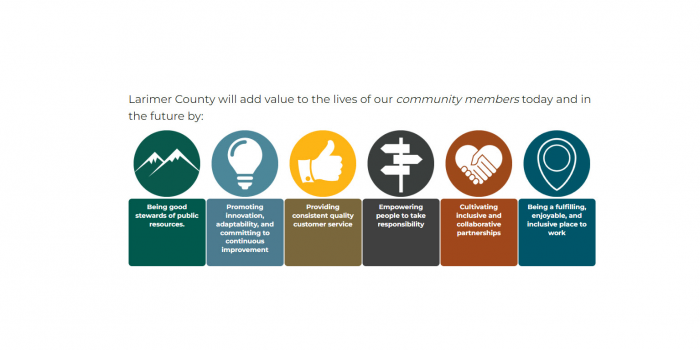 Learning agility, or flexible learning, can be a true asset to any organization. Learning agile employees provide creative, customer-focused approaches to help foster an engaged and ever-evolving workplace.
Learning agility, or flexible learning, can be a true asset to any organization. Learning agile employees provide creative, customer-focused approaches to help foster an engaged and ever-evolving workplace.
There are four types of learning agility: mental; people; change; and results.
Mental agility refers to individuals who are comfortable with complexity, examine problems carefully, and make connections between different events.
People agility refers to individuals who know themselves well and can readily deal with different people and tough situations.
Change agility refers to individuals who like to experiment and can cope effectively with the discomfort of rapid change.
Finally, results agility refers to resourceful individuals who can deliver results in first-time situations by inspiring teams and driving results.
What leader wouldn’t want a workplace filled with people with these abilities?! This doesn’t happen by chance, however. There are concrete steps that leaders can take to foster an environment that promotes and sustains learning agility. First, there are some of those focus areas for you to consider.
- Is your organization open to learning about the changing needs of its customers? Do you constantly seek ways you can improve the customer experience? Have you established a mechanism such as an internal collaboration website where idea sharing can occur?
- Do employees have the power to accomplish what you’re asking them to accomplish? Are there artificial barriers to their success, such as excessive hierarchy for decision making?
- How do employees handle disagreements and conflict? Is there a healthy debate prior to decision making, or is there typically one person, or one approach, when decisions are made? If they don’t agree, is there an open door policy where people can voice their concerns to leadership without fear of retribution? Do your brainstorming teams engage in transparent discussions and straight talk, or are there hidden agendas and submerged resentment? Do you even have brainstorming teams?
- Mission and Core Values. Do employees relate to and identify with the Mission and Core Values of your organization? Do they actually know how their role aligns with the Mission and Core Values? Or is the Mission statement simply “wallpaper” adorning the walls of your lobby or a conference room?
- Performance Feedback. What about providing recognition for taking initiative, for seeking a difficult assignment through to completion, or learning something new and difficult to help the organization grow?
After considering these focus areas, you might find some of the ideas below helpful in addressing some gaps in your efforts to build a learning agile workplace.
- Develop and maintain and online leading-edge library of books and videotapes which would be available virtually 24/7 and support the critical competencies necessary for your organization’s success.
- Tear down artificial barriers to brainstorming, such as levels of hierarchy, which get between an individual’s ideas and the opportunity to express them.
- Try the blended learning approach to training activities by providing participants with different modalities of information delivery such as online presentations, in-class case studies, lectures from subject matter experts, and shadowing employees actually engaged in the learning activity as part of their job.
- Provide opportunities for employees to change their routines, such as job rotation within their department or job shadowing for jobs throughout the agency to which they aspire.
- Since exercise helps blood flow to the brain, provide as many opportunities as feasible for employees to get daily exercise during breaks. One of Linda’s clients has an exercise room with yoga mats and a TV/video hook-up so that employees can watch and emulate yoga or Tai Chi instructors.
- Do mental agility exercises in the middle of meetings or training for just a few minutes. Linda has people move to a different seat within the meeting room and asks them to observe their surroundings from their new vantage point. The discussion that follows around what they’ve noticed that they didn’t see in their previous seat is always interesting.



